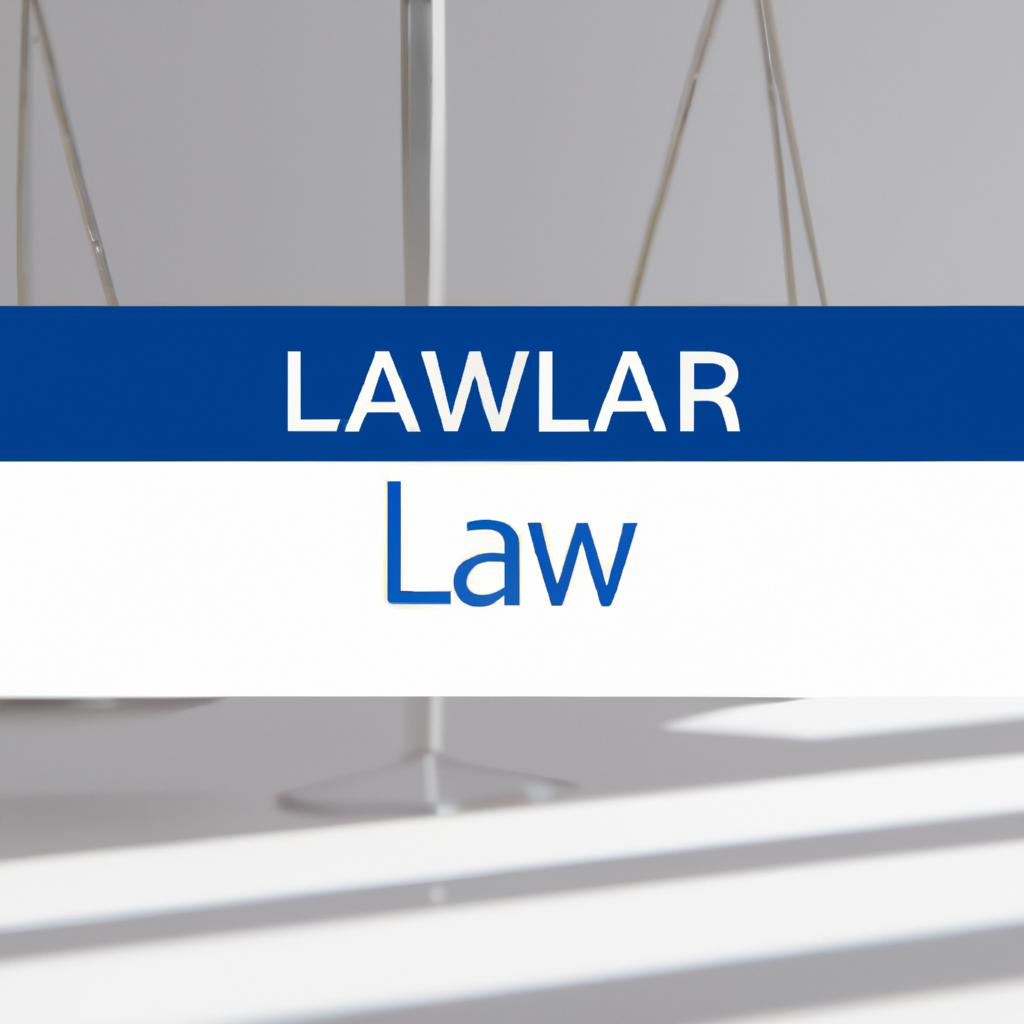The Ultimate Guide to Understanding Child Custody Laws: What Every Parent Needs to Know
When it comes to child custody, understanding the legal framework is essential for every parent. Navigating through custody laws can be complex, which is why it’s crucial to have a comprehensive understanding of your rights and obligations. Here at Morgan Legal Group, located in New York City, we understand the importance of educating our clients about child custody laws, and we’re here to provide you with the ultimate guide to help you make informed decisions.
Understanding Child Custody Laws in New York State
In New York, child custody laws are governed by the best interest of the child standard. This means that the court’s primary consideration is the well-being of the child when making decisions about custody. There are two main types of custody: physical custody and legal custody.
Physical custody refers to where the child will live, while legal custody refers to the right to make important decisions about the child’s upbringing, including education, healthcare, and religious upbringing. Both types of custody can be awarded solely to one parent or jointly to both parents, depending on the circumstances.
Factors Considered in Child Custody Cases
When determining custody arrangements, the court considers several factors, including:
The child’s relationship with each parent
The mental and physical health of the parents
The parents’ ability to provide for the child’s emotional and financial needs
Any history of domestic violence or substance abuse
The child’s preference, if they are old enough to express it
Understanding these factors is crucial for parents who are seeking custody or trying to modify existing custody arrangements. It’s essential to work with an experienced family law attorney to build a solid case that aligns with the best interest of the child standard.
Types of Custody Arrangements
In New York, there are several types of custody arrangements, including:
Sole Custody: One parent has both physical and legal custody of the child.
Joint Custody: Both parents share physical and legal custody of the child.
Split Custody: Each parent has physical custody of at least one child.
Understanding the nuances of these custody arrangements is essential for parents who are negotiating custody agreements or seeking court intervention.
Practical Tips for Navigating Child Custody Laws
If you are going through a custody dispute, here are some practical tips to consider:
Keep accurate records of parenting time and communication with the other parent.
Be open to compromise and mediation to reach an amicable agreement.
Always prioritize the well-being of your child and foster a positive co-parenting relationship, if possible.
Seek legal guidance from an experienced family law attorney who can advocate for your rights and provide legal counsel.
Case Study: Jones v. Smith
In the case of Jones v. Smith, the parents of a 5-year-old child were involved in a custody dispute. The court considered the child’s strong bond with both parents, the parents’ ability to provide for the child’s needs, and the child’s preference. Ultimately, the court awarded joint legal custody to both parents, with the child living primarily with the mother.
First-Hand Experience: Testimonial from a Client
“I was overwhelmed by the complexities of child custody laws, but the team at Morgan Legal Group provided me with invaluable guidance and support throughout the process. Their expertise and dedication to my case helped me secure a favorable custody arrangement that prioritized my child’s well-being.”
In conclusion, understanding child custody laws is crucial for every parent involved in a custody dispute. By familiarizing yourself with the legal framework, seeking expert legal counsel, and prioritizing your child’s best interests, you can navigate through the complexities of custody laws with confidence. At Morgan Legal Group, we are committed to helping parents navigate child custody laws and secure favorable outcomes for their families. Contact us today for expert legal guidance and representation.
























































